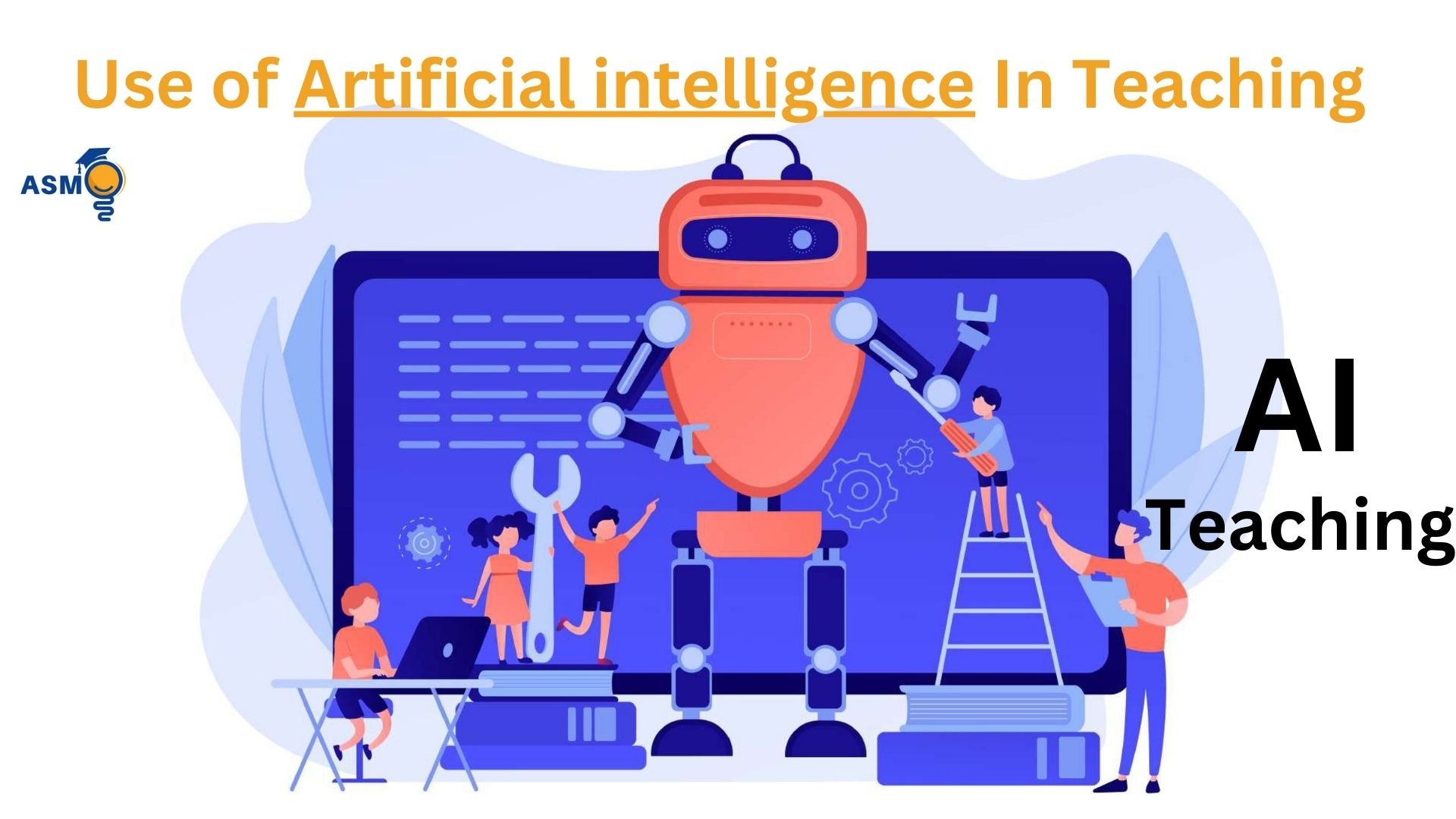Artificial intelligence (AI) is rapidly transforming many industries and education is no exception. Colleges and universities are increasingly using AI to improve teaching and learning in a variety of ways.
AI is being used in college and university teaching:
- Personalized learning: AI can be used to personalize the learning experience for each student. For example, AI-powered tutoring systems can track student progress and identify areas where they need additional support. AI can also be used to generate personalized learning materials and activities.
- Adaptive learning: AI can be used to create adaptive learning environments that respond to students’ individual needs. For example, AI-powered learning platforms can adjust the difficulty of questions or the pace of instruction based on student performance.
- Real-time feedback: AI can be used to provide students with real-time feedback on their work. For example, AI-powered writing assistants can identify grammar and spelling errors, as well as provide suggestions for improvement.
- Assessment: AI can be used to create more efficient and effective assessments. For example, AI-powered grading systems can automatically grade student essays and exams. AI can also be used to develop personalized assessments that are tailored to each student’s learning level.
- Student support: AI can be used to provide students with 24/7 support. For example, AI-powered chatbots can answer student questions about coursework, financial aid, and other topics. AI can also be used to identify students who are at risk of dropping out and provide them with additional support.
AI is being used in college and university teaching today:
- Georgia State University is using AI to personalize the learning experience for students in its math courses. The university uses an AI-powered tutoring system called MyMathLab to help students learn and practice math concepts. MyMathLab tracks student progress and provides personalized feedback and practice problems.
- Carnegie Mellon University is using AI to develop a new type of online learning platform called OLI. OLI uses AI to adapt the learning experience to each student’s individual needs. OLI tracks student progress and adjusts the difficulty of questions and the pace of instruction accordingly.
- Purdue University is using AI to develop a new type of writing assessment tool called WriteCheck. WriteCheck uses AI to identify grammar and spelling errors, as well as provide suggestions for improvement. WriteCheck is currently being used by students in over 1,000 courses at Purdue University.
- University of California, Berkeley is using AI to develop a new type of student support system called CalBot. CalBot is an AI-powered chatbot that can answer student questions about coursework, financial aid, and other topics. CalBot is available 24/7 and can be accessed by students from anywhere in the world.
These are just a few examples of how AI is being used in college and university teaching today. As AI technology continues to develop, we can expect to see even more innovative and effective ways to use AI to improve teaching and learning.
Benefits of using AI in college and university teaching
- Improved student learning outcomes: AI can be used to personalize the learning experience for each student, provide real-time feedback, and adapt the pace of instruction to each student’s individual needs. This can lead to improved student learning outcomes.
- Increased student engagement: AI can be used to create more engaging and interactive learning experiences. For example, AI-powered simulations and games can help students learn complex concepts in a fun and motivating way.
- Reduced teacher workload: AI can automate many tasks that are currently done by teachers, such as grading and providing feedback on student work. This can free up teachers to spend more time on teaching and other important tasks.
- Increased accessibility: AI can be used to make education more accessible to students with disabilities. For example, AI-powered text-to-speech and speech-to-text tools can help students with visual or hearing impairments access educational materials.
Challenges of using AI in college and university teaching
- Cost: The cost of developing and implementing AI-powered teaching and learning technologies can be high.
- Equity: It is important to ensure that all students have access to AI-powered teaching and learning technologies, regardless of their socioeconomic background.
- Bias: It is important to avoid using AI-powered teaching and learning technologies that are biased against certain groups of students.
- Teacher training: Teachers need to be trained on how to use AI-powered teaching and learning technologies effectively.



AI & Teaching – ASM DIGITAL EDUCTION HUB
aghbktegxr
[url=http://www.gn2ofbe68d01dp20qz5q4x11o65c54k7s.org/]ughbktegxr[/url]
ghbktegxr http://www.gn2ofbe68d01dp20qz5q4x11o65c54k7s.org/